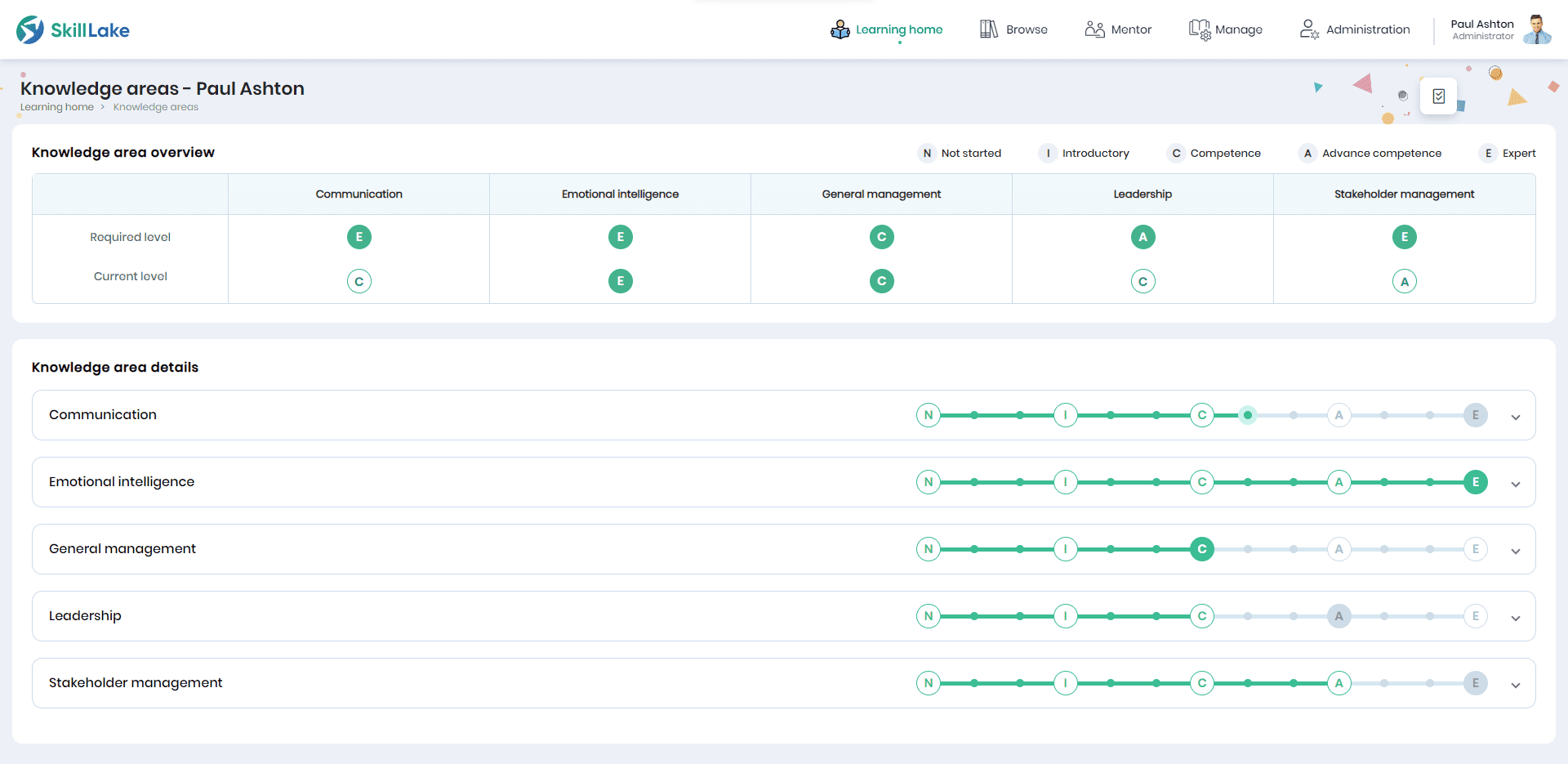A Comprehensive Guide to Employee Training Tracking

Employee training is vital for organizational success. According to statistics, 68% of employees acknowledge its importance. Training results in a notable increase of 24% in profit margins. The lack of proper training results in 40% of employees leaving their jobs within a year, emphasizing the critical role of training in talent retention. These figures underscore the importance and the need for a robust tracking system and a data-driven approach to maximize training benefits.
This blog will delve into the strategies that can significantly enhance the efficiency and impact of training programs. However, before we explore the strategies, let’s address a crucial question regarding employee training tracking.
Why is Employee Training Tracking Necessary?
Systematically tracking employee training offers numerous benefits for optimizing the learning experience, refining training methodologies, and substantiating the return on investment.
Key reasons to track training progress include the following:
Identification of Knowledge Gaps
Assessments serve as effective measures to identify knowledge gaps and play an essential role in creating targeted, efficient, and impactful training programs. Addressing knowledge gaps enables organizations to contribute to the ongoing development and success of individuals and the organization.

Improved Training Delivery
Training tracking enhances L&D program delivery by providing insights into course effectiveness. With training metrics, adjustments can be made to improve the learning experience, reducing dropout rates and increasing course completion.
Employee Development & Retention
Efficiently managing employee training is crucial for evaluating the effectiveness of learning programs and unlocking the full potential of each team member. Employing comprehensive tracking systems allows organizations to identify areas for improvement, ensuring that employees gain the necessary skills and knowledge to excel in their roles. This proactive approach boosts job satisfaction and cultivates a more dynamic and dedicated workforce.
Securing Project Approval
Securing approval for training projects, whether new initiatives or upgrades, necessitates tangible evidence of success. Tracking becomes crucial in showcasing the increased employee performance and productivity resulting from a training program. This data is compelling proof of training effectiveness, facilitating approval for future initiatives.
What Are The Right Practices To Track Employee Training?
Implementing a training tracker ensures employees acquire the skills and knowledge required to perform their roles effectively. By consistently monitoring and updating training records, employers can gauge the overall effectiveness of their training initiatives, address specific skill gaps, and ultimately contribute to their workforce’s professional development and success. Now, let us discuss that in detail:
Use Employee Tracking Software
Opting for specialized employee tracking software is crucial, especially for compliance-driven or large-scale training initiatives. These solutions effectively monitor employee engagement, track course completion rates, and assess the achievement of Learning and Development (L&D) goals. In addition to dedicated tracking software, a Learning Management System (LMS) is an optimal choice for comprehensive training oversight. LMS platforms enable the creation and distribution of online courses and assessments while offering real-time tracking of training progress and completion. Insightful reports and analytics further enhance the ability to evaluate past training records and make informed decisions for ongoing programs.
Perform Regular Employee Assessments
Like periodic student assessments post-lesson, ongoing employee assessments during and after training are essential. These evaluations offer insights into performance, engagement levels, challenging topics, and areas for improvement. Crucially, they help determine if employees acquire the necessary skills within the designated time frame. Leading Learning Management System (LMS) tools provide professionally crafted online quizzes, readily available in the cloud, facilitating easy assessment anytime, anywhere, and on any device.
Conduct Workplace Observations
After a workforce training program, employers eagerly anticipate noticeable improvements in employee job performance. By closely observing the workplace, employers can determine whether employees previously unfamiliar with standard operating procedures have now acquired the knowledge and skills necessary to fulfill their responsibilities post-training.
Consider Employee Suggestions and Feedback
Collecting post-training feedback from employees is crucial for assessing the success and value of your learning and development programs. This feedback serves as an indicator of the effectiveness of the training, helping to evaluate whether the investment in time, costs, and human resources was worthwhile. The insights gained from these surveys will inform your future decisions and guide adjustments to your current program. Using concise and targeted survey questions embedded within the training course can efficiently gauge the overall impact of the session.
Receive Input From Supervisors
Supervisors’ feedback, similar to that of employees, enhances the monitoring of employee training progress. Given the substantial time spent with employees, supervisors can readily observe adherence to training steps, procedures, and methods. They are leveraging supervisor input to aid in gauging the effectiveness of training programs and pinpointing areas where certain employees may require additional coverage.

How Does An LMS Make Tracking Employee Training Efficient?
The Learning Management System (LMS) is a centralized hub for all training data, encompassing training materials, assessments, and progress. By eliminating scattered records, the LMS automates tracking processes and seamlessly updates records as employees complete courses, providing real-time insights into individual progress. Also, robust reporting and analytics features of LMS empower data-driven decision-making, allowing easy assessment of program effectiveness and ensuring regulatory compliance.
Conclusion
For a comprehensive and user-friendly solution to meet all your training needs, it is important to consider implementing a Learning Management System (LMS) like Skill Lake. The platform consolidates training data, providing real-time insights into individual progress, and its robust reporting and analytics features enable data-driven decisions, ensuring program effectiveness and compliance. The platform also offers customization, seamless integration with HR systems, and scalability for convenience, accessibility, and efficiency in tracking employee training. Explore Skill Lake today. Request a Free Demo now!
Build a culture of continuous learning with Skill Lake’s state-of-the-art people development platform. Give your employees professional training to help them excel in their job roles and propel your business to greater efficiency and success.
Start Today

Ashmitha Chatterjee
Ashmitha is a learning and development enthusiast who shares her insights on e-learning. She loves to create engaging and informative content and is dedicated to helping people learn and grow through her deep expertise in the field.